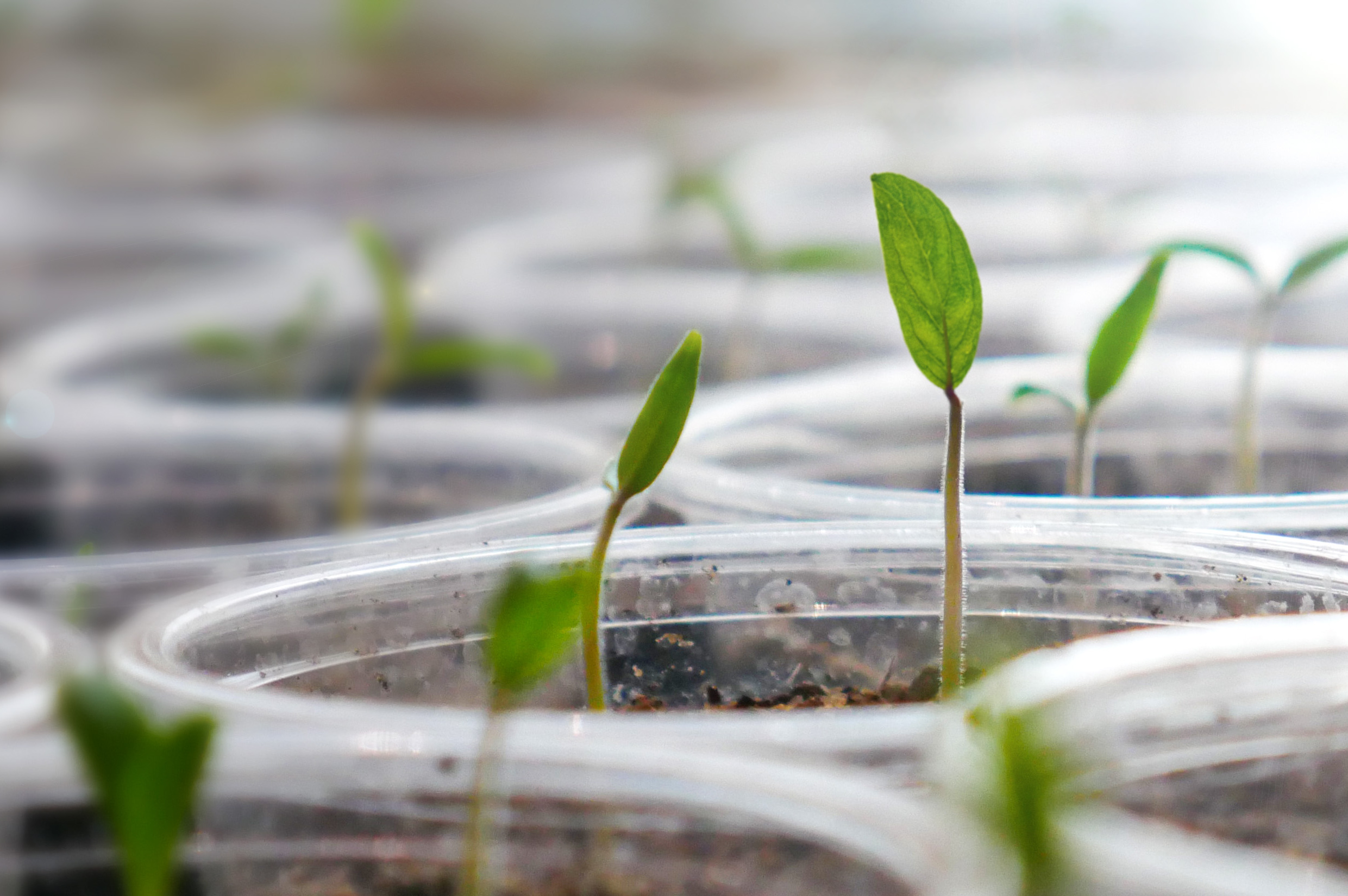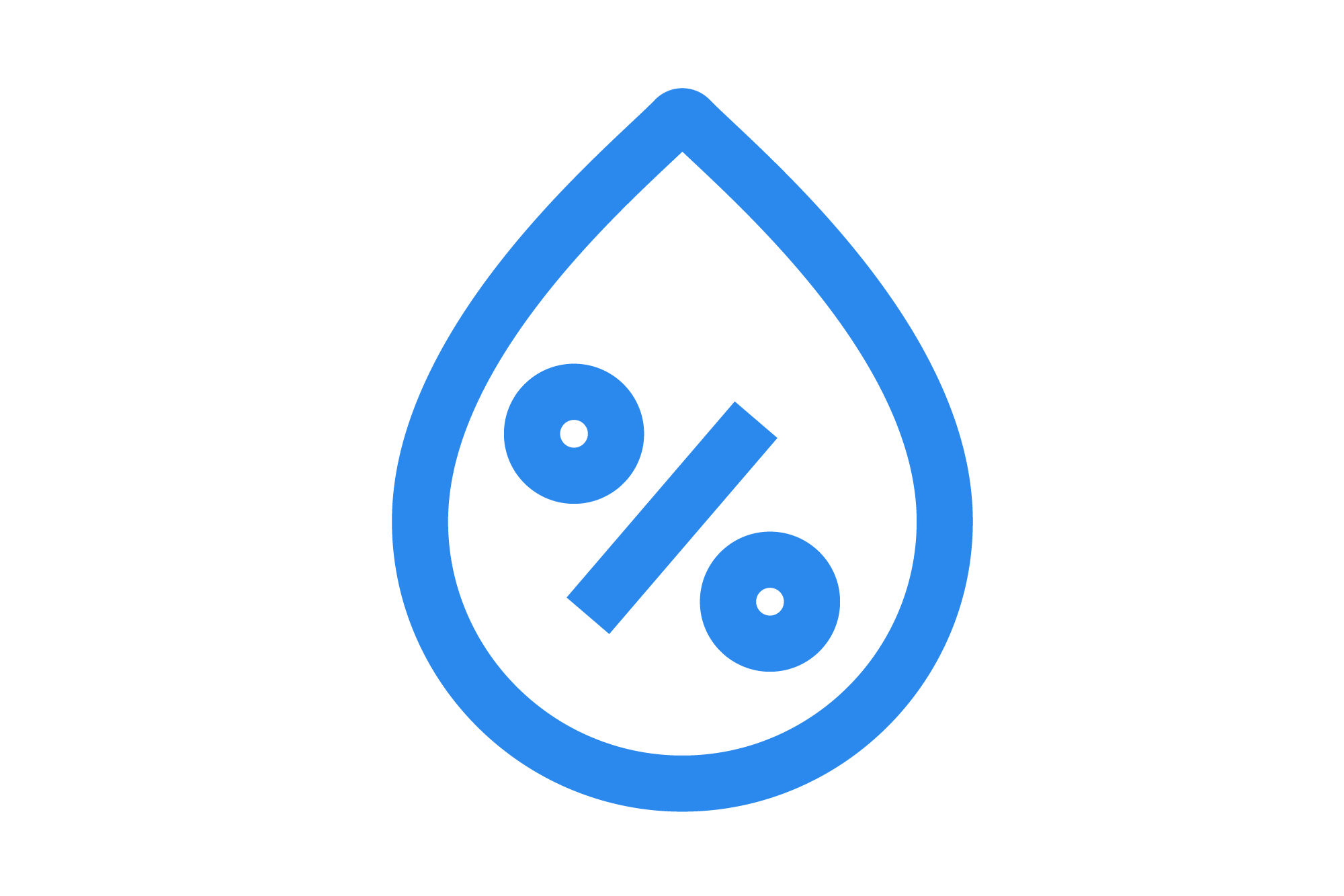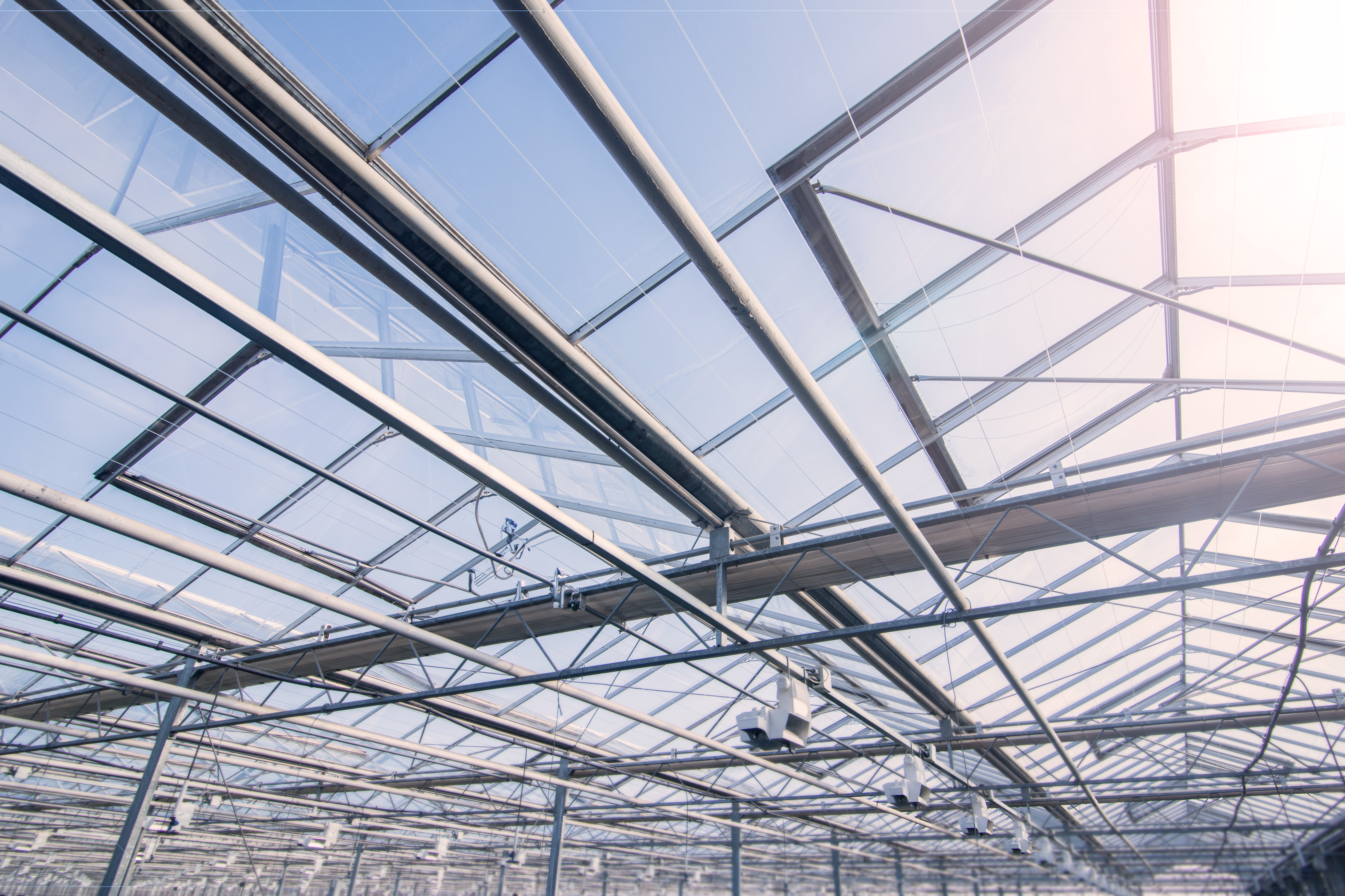Greenhouse climate control

Greenhouse climate control is an essential part of successful greenhouse gardening. Discover how regulating the temperature, humidity, and other environmental factors in a greenhouse can create optimal conditions for plant growth. Climate control is a crucial aspect of greenhouse management, as it can have a significant impact on crop yield, quality, and profitability. By understanding the different techniques and technologies available, growers can create the optimal environment for their plants to grow and thrive.

Munters Green Climate Controller optimizes crop production
A greenhouse climate control controller is a valuable tool for growers who want to optimize crop yield and quality. By maintaining precise control of the greenhouse environment, growers can reap the benefits of an enclosed climate plant cultivation:
-
Increased crop yield: Maintaining optimal temperature, humidity, and carbon dioxide levels can help increase crop yield by up to 20%.
-
Improved crop quality: Reduce crop losses due to pests and disease and improve the overall crop quality with a well- controlled greenhouse environment.
-
Extended growing season: Using a greenhouse climate control controller helps growers extend the growing season and produce crops year-round.
-
Reduced energy costs: Automating greenhouse climate control systems helps growers save time and effort while reducing their energy costs.
Discover all benefits of the Munters Green Climate Controller

Choosing the best ventilation strategy for your greenhouse
One of the key features of the Munters Green Climate Controller is its ability to coordinate ventilation and cooling systems to achieve the highest possible efficiency by deploying the correct strategy:
-
Demand-controlled ventilation uses sensors to monitor greenhouse carbon dioxide levels and adjusts the ventilation rate accordingly. Doing so helps ensure that plants always have enough carbon dioxide for photosynthesis while minimizing energy consumption.
-
Minimum ventilation ensures that sufficient fresh air enters the greenhouse, even when the vents are closed. This prevents air stagnation and reduces the risk of disease.
-
Evaporative cooling combines forced ventilation with evaporative cooling pads to reduce the air temperatures. This energy- efficient cooling method is ideal for any greenhouse, especially those in hot climates.

Integrated control systems: automation and optimization
Automation
Sensors, controllers and computerized systems monitor and adjust climate variables. Automation systems maintain temperature, humidity, and ventilation within preset ranges.
Adaptation to plant needs
Different crops have varying temperature and humidity preferences. Tailor your indoor climate to the specific plant requirements, optimizing conditions for growth at various stages.

Crafting growth conditions
Munters' expertise combines precise nutrient delivery with optimal climate conditions, ensuring plants thrive. Maximize growth and boost crop quality by delivering nutrients while controlling the climate indoors. Our comprehensive solutions integrate fertigation seamlessly, resulting in a symphony of nourishment and climate management. Elevate your greenhouse practices by infusing nutrients while controlling the indoor climate to increase yield.
To learn more about the nutrient needs of plants, head over to our page on automated greenhouse fertigation.







